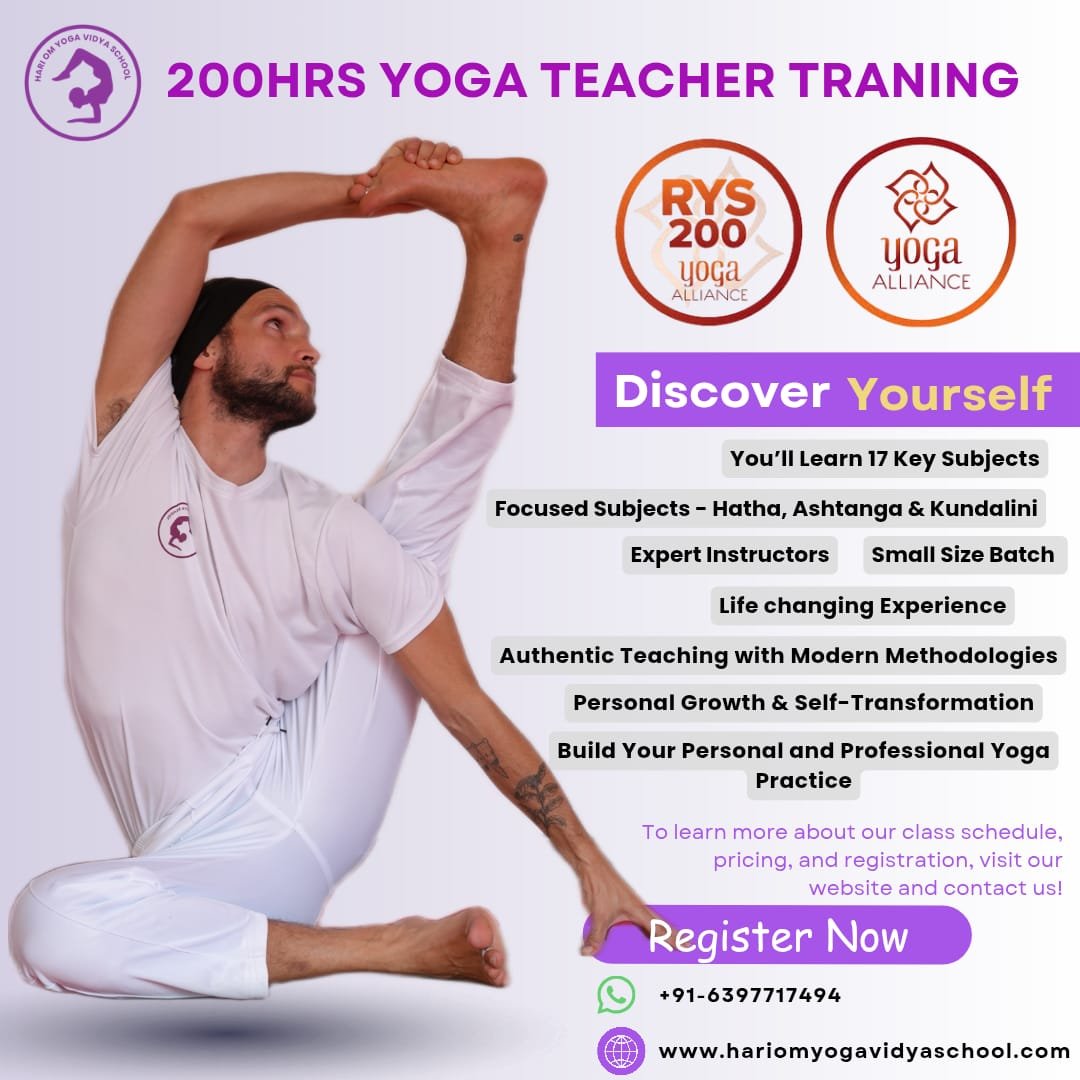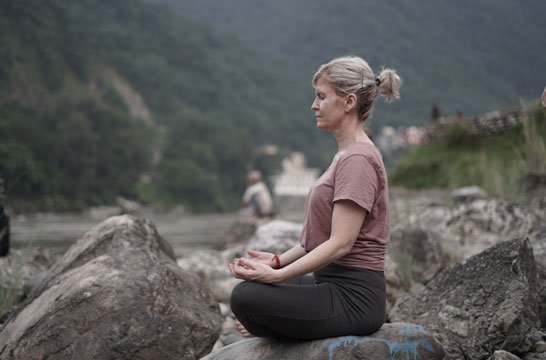What is the relationship between Yoga and Ayurveda
Yoga has been around for thousands of years and has evolved into an integral part of Indian culture. Ayurveda is an ancient science that was developed in India by sages and philosophers over 5000 years ago. While these two traditions share many similarities, they are also distinct in important ways. In this article we will explore how Yoga and Ayurveda both relate to our brain, body and consciousness
Sun and moon representation and their connection with left hemisphere and right hemisphere of the brain
Sun and moon are the two halves of the brain. They represent two different hemispheres, which means that they have different functions. The left hemisphere is responsible for language and logic, while the right hemisphere deals with creativity, emotion and intuition.
The relationship between sun and moon also shows how we use both sides of our brains when thinking about something in our lives or at work as well as when meditating on a regular basis (if you want to learn more about meditation).
The right hemisphere of the brain is in charge of all things creative, including imagination and intuition. It also deals with emotions (hence why we often cry when we hear sad music). This means that you should use meditation to tap into your inner creativity, as well as connect with your feelings about life’s challenges — or even just how much fun it would be if you could fly through space! The left hemisphere is responsible for language, logic and thought processes like problem solving.
Yoga and Ayurveda not only helps to bring the balance between these two halves of the brain but also improves the coordination of mind and body to work as team .
Read More: Why Is Kundalini Yoga Dangerous? The Truth About Its Risks and Rewards
The Scientific Studies of Yoga and Ayurveda
Yoga and Ayurveda scientific studies and results on human body
Yoga is a system of physical, mental, and spiritual exercises which originated in the Indian subcontinent. According to the National Institutes of Health (NIH), yoga has been practiced for over 5,000 years by many cultures across the globe. It includes asanas (poses), pranayama (breath control), mudras (postures) and relaxation techniques that help you to improve your energy flow throughout your body.
Ayurveda is an ancient medical science that uses various herbs for healing purposes along with other natural ingredients such as oils etc., it also helps in preventing diseases from arising within our body by maintaining healthy lifestyle habits such as proper eating habits etc., one should also follow some rules like not smoking cigarettes or drinking alcohol if possible because it will cause many health problems later on like heart disease among others!
Yoga and Ayurveda when combines together can change the life, such as nadi purification, in this the practitioner does the pranayama and yoga asanas to channelize the prana or energy flow through mind body connection. There are many other ways too which can be done by following some ancient techniques with modern scientific approaches for better future generation.
Meditation practice comes in the role once your energy is channelized and ready to be lift upward against the gravity that in return will help you feel more calm, composed and also helps you to get better sleep as well.
Yoga and Ayurveda helps to balance the energy and detoxifies your body with yoga, you can make sure that your body is moving freely and easily, which will help you reduce stress and tension in your body. This can be achieved by practicing different poses such as standing forward bend, downward dog or tree pose. These poses will help increase circulation of blood in the body and can also help increase flexibility.
In addition to this, yoga also helps people relax their bodies and minds which will ultimately lead to a long and healthy life span. Yoga helps us to stay away from unhealthy habits like smoking or drinking alcohol which may affect our health in the long run.
Read More: Everything You Need to Know About Kundalini Yoga Teacher Training
Furthermore, when we practice yoga regularly it helps us stay fit as well as maintain a healthy weight for better overall health.







